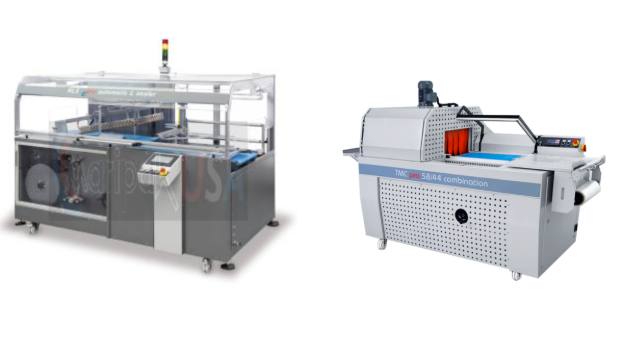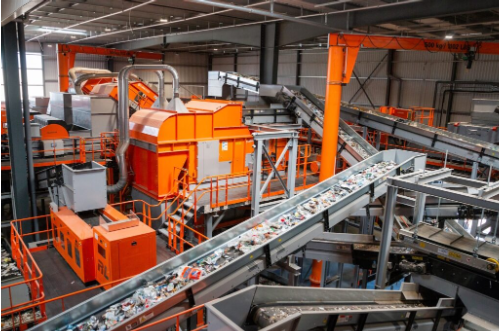In the vast world of trade shows, where towering booths and sprawling exhibit spaces often steal the spotlight, the humble 10×10 booth might seem like a disadvantage. But what if the opposite is true? When designed with intention and rooted in human psychology, a compact booth can outperform its larger counterparts by being more engaging, efficient, and memorable. Let’s explore why size doesn’t always equal impact—and how your 10×10 space can become a strategic asset.
Understanding Spatial Psychology at Trade Shows
Less Space, More Focus
Trade shows are designed to overwhelm the senses: flashing lights, bold graphics, bustling crowds. Amid this sensory overload, a 10×10 booth offers a surprising advantage—it limits distraction. By necessity, a smaller booth forces brands to refine their message, eliminating clutter and narrowing in on what truly matters. This aligns with the psychological principle of cognitive fluency: the simpler a message, the more easily it’s understood and remembered.
Visitors walking the show floor have limited mental energy. A spacious, complicated booth with too many focal points can create decision fatigue. But a well-designed 10×10 booth provides a focused, digestible experience that helps the visitor quickly grasp what you offer. This clarity can lead to faster, more confident interactions.
Human-Scale Engagement
Large booths can sometimes feel intimidating or impersonal. They create physical and emotional distance, making it harder for staff to establish personal connections. In contrast, a smaller space promotes human-scale interaction—a concept from architecture and retail psychology that prioritizes comfort, intimacy, and connection.
In a 10×10 booth, there’s no room for staff to hide behind counters or displays. This encourages direct eye contact, authentic conversations, and approachability—all of which foster trust. Trust, in turn, is a key driver in lead generation and sales conversions.
Design Strategies That Make Small Booths Powerful
The Power of Visual Hierarchy
With limited space, design choices matter more than ever. A strong visual hierarchy—the arrangement of elements to guide the viewer’s attention—is crucial in a 10×10 booth. Using bold headers, clean lines, and a singular focal point helps direct the attendee’s gaze exactly where you want it.
Additionally, the psychology of color and lighting plays a critical role. Warm lighting can make a small booth feel cozy and inviting, while cooler tones suggest tech-savvy professionalism. Strategic use of contrast can draw attention to your key message or product demo.
Portable Displays for Trade Shows That Work Hard
Every square foot must serve a purpose in a small booth. This is where portable displays for trade shows shine. These modular, easy-to-install units are not just functional—they allow brands to reconfigure their layouts based on show goals or audience behavior insights. Portability also suggests agility and innovation, qualities many B2B customers find appealing.
From retractable banner stands to collapsible shelving units, these compact tools make it possible to maintain professionalism while maximizing flexibility. Done right, portable displays can make your 10×10 booth appear custom-crafted and brand-aligned without the hefty cost or complexity.
Case in Point: Big Brands, Small Footprints
It’s worth noting that even major brands often choose 10×10 booths for strategic reasons. Why? Because they know that experience trumps size. A well-trained staff member engaging passersby in meaningful conversation inside a smaller, well-branded space can often leave a more lasting impression than an oversized, underutilized booth.
Conclusion
Choosing a 10×10 booth is not about compromising—it’s about capitalizing. With the right understanding of spatial psychology, you can transform your limited footprint into a powerful platform for brand storytelling, connection, and conversion. When attendees feel welcomed, understood, and focused, your message resonates deeper, regardless of square footage.
So, rather than wishing for more space, ask how your small space can work harder. Embrace simplicity, prioritize human interaction, and design with purpose. In doing so, you might just outperform the giants of the exhibit hall—and do it with less.





Most Commented Posts